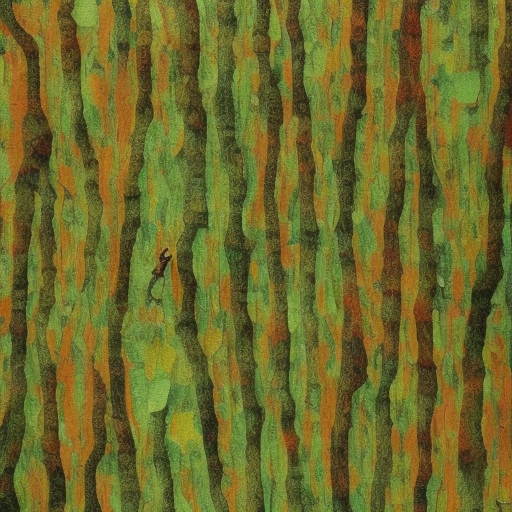One-line Summary:
Nothing Left to Do but Cry (1984) by Roberto Benigni
In this Italian comedy, two schoolteachers, Saverio (Roberto Benigni) and Mario (Massimo Troisi), find themselves transported back in time to the year 1492 after a freak accident. Stranded in a small village, they try to find a way back to the present but soon realize that their actions in the past can have unforeseen consequences in the future. As they navigate the challenges of the medieval era, they encounter a cast of eccentric characters and get entangled in hilarious situations. Will they ever find a way back home or are they doomed to be stuck in the past forever?
Main Cast and Crew:
- Director: Roberto Benigni
- Writers: Roberto Benigni, Vincenzo Cerami
- Main Actors: Roberto Benigni as Saverio, Massimo Troisi as Mario
- Music Director: Nicola Piovani
- Director of Photography: Carlo Di Palma
- Producers: Mario Cecchi Gori, Vittorio Cecchi Gori
Plot:
Saverio and Mario, two bumbling schoolteachers, find themselves transported back in time to the year 1492 after a lightning strike hits their car. Stranded in a small village in medieval Italy, they desperately try to find a way back to the present. However, their attempts are constantly thwarted by their own actions, which seem to have a ripple effect on the future.
As they navigate the challenges of the past, Saverio and Mario encounter a colorful cast of characters, including a beautiful peasant girl named Pia (Irma Veithen), a wise old man who claims to be Leonardo da Vinci (Maurizio Micheli), and a tyrannical feudal lord (Paolo Bonacelli). They get entangled in hilarious situations, such as accidentally introducing pasta to Italy and inadvertently inspiring Christopher Columbus to discover America.
As the days turn into weeks, Saverio and Mario begin to question whether they will ever find a way back home. They also start to realize the impact their actions in the past can have on the present. With each decision they make, they inadvertently change the course of history, leading to unforeseen consequences. Will they be able to fix the timeline and return to their own time?
Themes and Motifs:
Nothing Left to Do but Cry explores themes of time travel, the butterfly effect, and the power of individual actions. It humorously highlights the absurdity of trying to control the future and the unpredictability of cause and effect. The film also touches on the concept of nostalgia and the longing for a simpler time, as Saverio and Mario grapple with the challenges of the past while yearning for the comforts of the present.
Reception and Legacy:
Upon its release, Nothing Left to Do but Cry received critical acclaim for its comedic performances and clever storytelling. It won several awards, including the Silver Ribbon for Best Director and Best Screenplay. The film’s unique blend of humor and historical references has made it a cult classic in Italian cinema.
Roberto Benigni’s directorial debut showcased his talent for physical comedy and established him as a prominent figure in Italian cinema. The film’s success paved the way for his later works, including the internationally acclaimed Life is Beautiful (1997).
Recommendation:
Nothing Left to Do but Cry is a delightful comedy that will leave you in stitches. With its witty dialogue, slapstick humor, and charming performances by Roberto Benigni and Massimo Troisi, it offers a refreshing take on time travel. Whether you’re a fan of Italian cinema or simply looking for a lighthearted and entertaining film, this is a must-watch.
Memorable Quote:
“We are the ones who are out of place, not the people of the past. We are the ones who don’t belong here.” – Saverio












